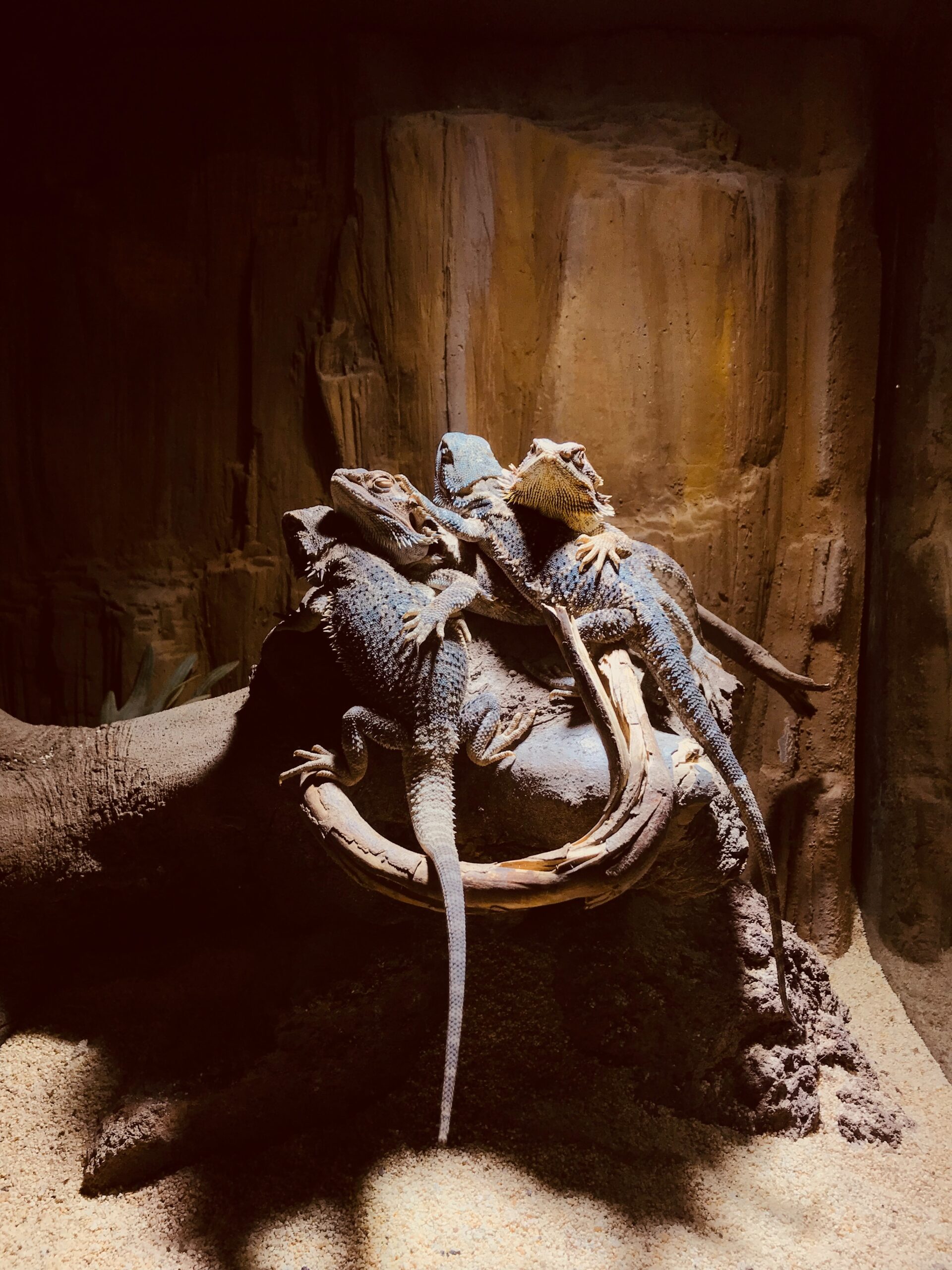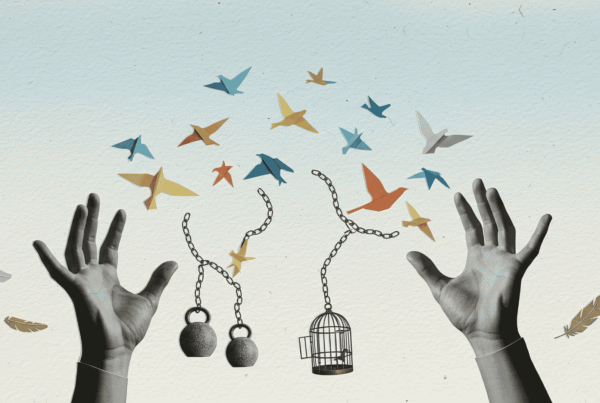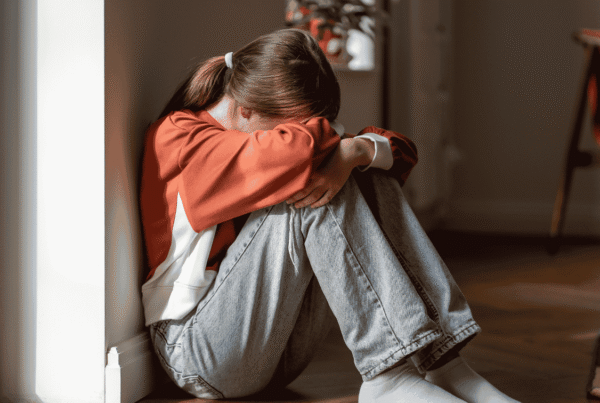Attachment styles are something you may have seen being casually thrown around on social media. But what are they really? In a world that grows ever apart, where it seems like almost every individual appears to be afflicted by different mental health problems ranging from anxiety to depression, attachment styles are one more way to understand how people grow to be attached to other people. That’s right. Attachment styles aren’t just about romantic entanglements. It seeps into everything, including your deepest friendships, your dating life and perhaps, even how you parent your own children.
Welcome to Attachment Theory
Much of the knowledge we have today on this subject comes from a concept developed in the 1950s called Attachment Theory.
The psychological theory of attachment was first described by psychoanalyst, John Bowlby, who studied the effects of separation between infants and their parents.
Bowlby hypothesized that the extreme behaviors (crying, screaming, clinging, etc.) adopted by infants to avoid or reconnect with their physically distant parents are evolutionary mechanisms. He reasoned that these behaviors may have been reinforced by natural selection to improve the chances of child survival.
These attachment behaviors are instinctive responses to the perceived threat of losing the survival benefits associated with primary caregiver care. Infants who performed these behaviors were more likely to survive, so the instincts were naturally selected and reinforced across generations. It constitutes a system that guides the patterns and habits that shape and maintain relationships – even when they become adults.
Bowlby’s research on attachment theory found that infants placed in unfamiliar situations and separated from their parents typically responded in one of three ways when reunited with their parents were shown.
 Secure Attachment: These children showed distress upon separation from their parents but sought comfort and were easily comforted when their primary caregivers returned.
Secure Attachment: These children showed distress upon separation from their parents but sought comfort and were easily comforted when their primary caregivers returned.
- Anxious Attachment: A smaller proportion of infants experienced significantly high levels of distress and appeared to seek comfort after being reunited with their parents and to “punish” the caregivers for abandoning them.
- Avoidant Attachment: Infants in the third category showed zero or minimal stress upon separation from their parents and either ignored or actively avoided their parents upon reunion.
Years later, researchers added a fourth attachment style to this list.
- Disorganized-Disoriented Attachment: This category refers to children who did not have a predictable reaction upon separation and reunion with their primary caregivers.
It is intuitive that a child’s attachment style is primarily a function of the care he or she receives during childhood. Those who received support and love from their caregivers were more likely to be safe, and those who experienced conflict or neglect from their caregivers were more likely to be anxious about their relationship with their parents.
Attachment theory goes one step further and applies what we know about child attachment to the relationships we form as adults. These relationships (particularly intimate and/or romantic relationships) are also directly related to childhood attachment styles and the care received from primary caregivers.
Attachment Styles As Adults
But those are babies. How does it affect us as adults? Our formative years with our caregivers lead to the establishment of a fixed pattern in which we receive and give love, which in turn, shapes all our future relationships, be they romantic or otherwise.
- Secure Attachment Adults:
These adults prioritize honesty, support, independence, and deep emotional connections. They are very secure about their relationships with other people and do not feel the need to be together all the time. They seek fulfillment in themselves.
Sounds like a dream, eh?
- Avoidant (or Anxious-Avoidant) Attachment Adults:
One of two types of avoidant attachment in adults. People with this attachment style generally keep their distance from others. They do not require human ties to survive and thrive, and may insist on maintaining independence and isolation from others. You may see that they are often able to emotionally “switch off” when there is a chance they may be hurt, such as during a serious argument with a partner or a threat to the continuation of a relationship.
Stan Tatkin, and we at TIC, call them ‘Islands’

- Anxious Attachment:
They may have a less stable attachment to a partner. As a result, they crave love and affection and need a partner to be their “other half” or solve all of their problems. Interestingly, while they crave security and stability in their romantic relationships, they may also act in ways that push their partners away rather than invite them in. Their fear of losing people may make them clingy or needy.
Stan Tatkin, and we at TIC, call them ‘Waves’

- Disorganized Attachment: The second type of avoidant attachment in adults is usually very turbulent. They appear to swing between running away from emotions to craving human company on an insanely personal level. People with this attachment style tend to get overwhelmed by their emotions, so they generally try to avoid them. They often have unpredictable or sudden mood swings and fear being hurt by their loved ones. These individuals are simultaneously attracted to and fearful of other human connections.
We at TIC call them ‘Ripples’.

DISCLAIMER: People may display different types of attachment styles in different connections. They may even change their attachment style to match or complement the attachment styles of others around them.
Can My Attachment Style Change?
I know what you’re thinking. The secure attachment style sounds like a dream, doesn’t it?
The good news is… your attachment styles can and will change over time. It all depends on factors like the attachment styles of the people around you, as well as the effort you take in reparenting yourself. Our parents may not have intentionally given us a particular attachment style, but we can certainly work on ourselves with therapy and counseling. In case you feel like you and a partner may have conflicting attachment styles, we offer relationship counseling here at The Intimacy Curator.
Stay tuned, we have four blogs coming up on each of the different styles of attachments and how to work with them.





